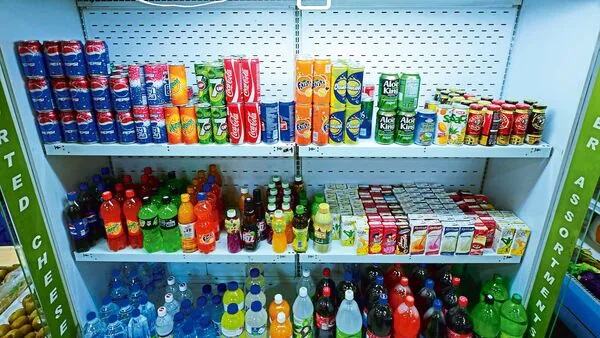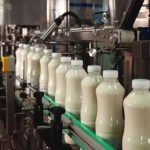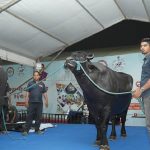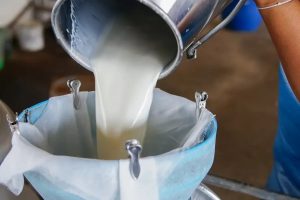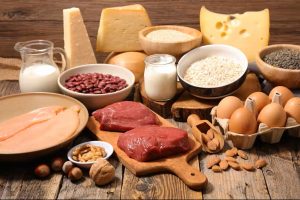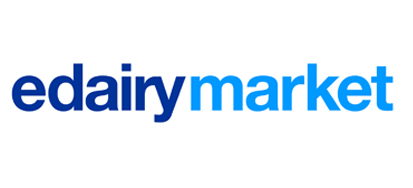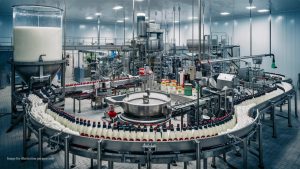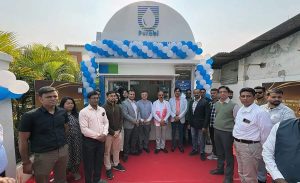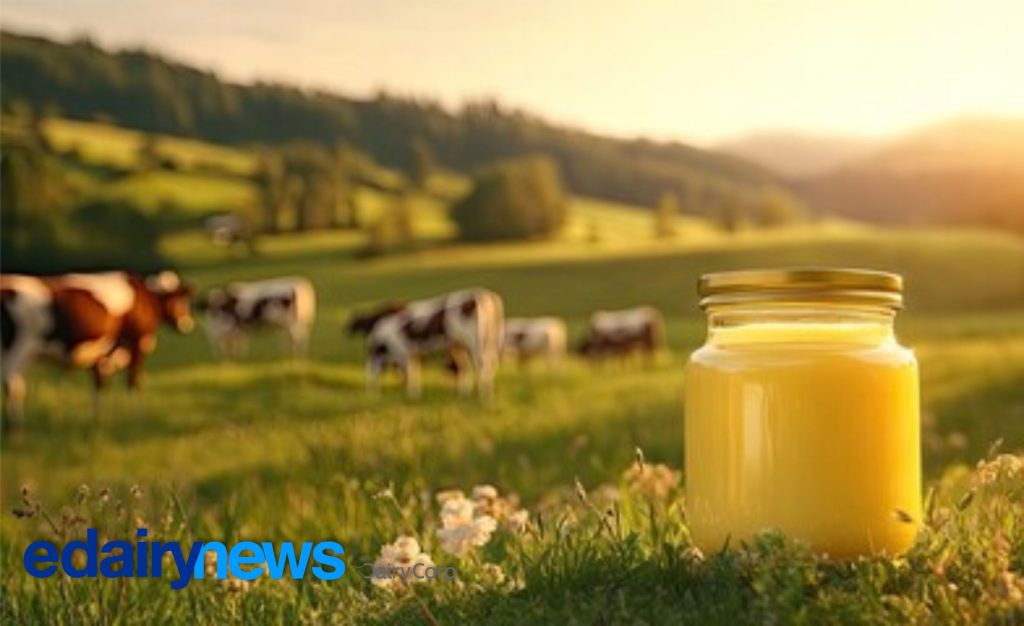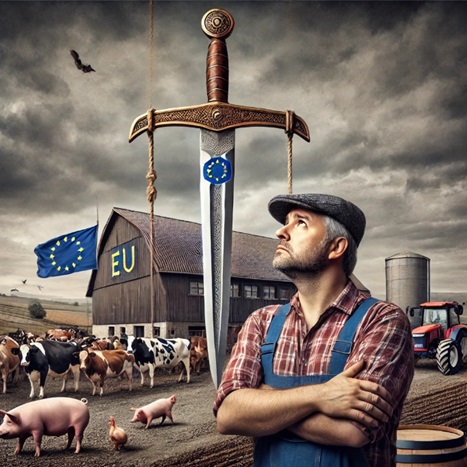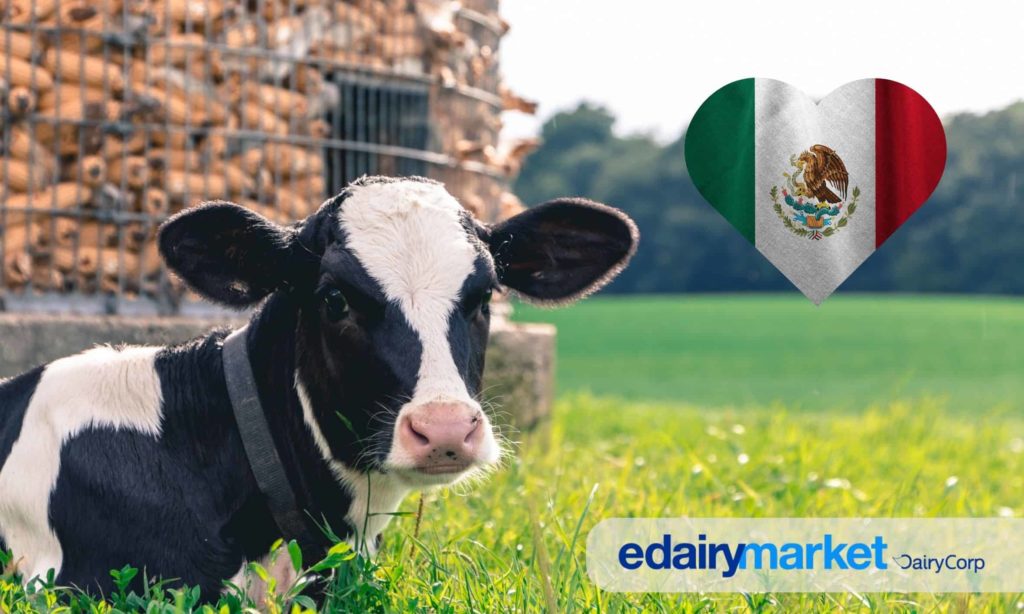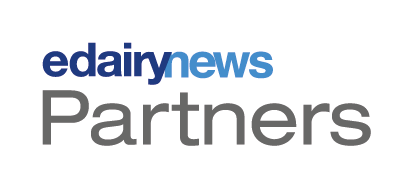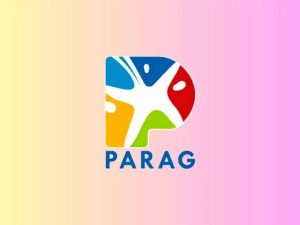“It’s a distribution game. We have over 100 stock-keeping units in beverages, including the Amul Kool range, buttermilk, chocolate shake and now, a high-protein range. If we are able to leverage our distribution method, then this ₹10 pack will help us go deeper in the market in a significant manner, and when consumers want convenient snacking options, this appeals to both urban and rural consumers,” Mehta added. Amul has increased its production capacity for beverages in preparation for summer.
In tetra packs, Amul Kool flavoured milk is priced between ₹20 and ₹40, while buttermilk starts at ₹15. The ₹10 buttermilk pouch, however, generates significant volume for the company.
Amul may launch more non-dairy beverages at the ₹10 price point. “We are prepared to enter the ₹10 segment and double our volumes. This is achievable given our extensive distribution reach. We have over 20,000 distributors, and our products directly service over 10 million outlets,” Mehta said.
Amul’s entry in the ₹10 segment will raise competition in the mass beverages market, said analysts.
“Amul’s Tru product competes indirectly with Dabur’s Real, Varun Beverages’ Tropicana, Britannia’s Winkin Cow and Parle’s Smoodh. However, product availability and sustained advertising will be important to scale up,” said Abneesh Roy, executive director, Nuvama Institutional Equities.
However, high inflation poses a challenge in the race for the ₹10 market, forcing companies to lower quantities to sell at the same price.
Meanwhile, Campa’s re-entry has shaken up the market, impacting established players like Coca-Cola, Pepsi, and Tata Consumer Products. Campa has captured over 10% market share in the sparkling beverage category in select states and is projected to exceed ₹1,000 crore in turnover in FY25, Reliance said in its December quarter earnings report.
Earlier this month, Reliance Consumer debuted its sports drink Spinner, co-created with cricketer Muttiah Muralitharan, also priced at ₹10. Spinner will lead the movement in creating a sports beverage category of up to $1 billion in the next three years, the company said. In January, RCPL launched RasKik Gluco Energy, priced at ₹10 per single-serve unit.
Meanwhile, Coca-Cola said it straddles across price points in India.
“Our focus is on driving value with the right price-pack strategy. With ₹10 glass bottles and tetra packs, ₹20 500ml options in Coke Zero and Sprite Zero, and ₹50 entry packs for juices and sparkling PET, we are ensuring affordability without compromising on experience,” a company spokesperson said.
In 2021, Frooti maker Parle Agro introduced its ₹10 dairy beverage Smoodh, and tapped actor Varun Dhawan to endorse the brand. As of February 2023, Smoodh was a ₹685 crore brand.
“Our ₹10 price point is performing well, largely due to our focus on driving efficiency throughout our manufacturing and supply chain processes. By leveraging high-scale operations, we can optimize production and reduce costs, allowing us to maintain this competitive pricing even amid rising commodity prices,” said Nadia Chauhan, joint managing director & chief marketing officer, Parle Agro.
Smoodh benefits from Parle Agro’s extensive distribution network, spanning 2 million outlets nationwide.
The company will prioritize building such categories and investing in its brands. “We will continue to implement impactful marketing initiatives designed to boost brand awareness and engage consumers more deeply this summer,” Chauhan said.
India’s beverages market including carbonated soft drinks, juices, bottled water, and fruit-based beverages was estimated at ₹67,100 crore in 2019, according to a report from think tank ICRIER. The market could touch ₹1.47 trillion by 2030.
However, Roy of Nuvama has earlier cautioned against Campa’s aggressive pricing tact that he said has already hurt incumbents.
“Campa Cola’s entry is creating a major disruption in the soft drinks market—owing to its aggressive pricing and a PET-only bottle strategy. It has priced a 200ml cola bottle at ₹10 and a 500ml bottle at ₹20. This is disruptive pricing given other players price 200ml at ₹20. Coca-Cola and Pepsi have stepped up promotions. For instance, Coca-Cola recently launched a 350ml bottle (150ml free) of its flagship Coca-Cola brand at ₹20,” Roy said in a January note on beverages.
₹10 has historically been a popular price point across consumer goods categories, since it helps expand accessibility for the category to the large Indian middle class and lower middle class population.
Dabur India added the ₹10 price point to its Real fruit drink portfolio three to four years ago.
“For beverages, the ₹10 price point hits the sweet spot of affordability for Indian consumers, making it the preferred out-of-home consumption price point. The ₹10 portfolio has helped us expand our distribution and helped consumers enjoy lip-smacking real fruit goodness at the affordable price point across a range of fruit flavours like mixed fruit, guava, litchi, pomegranate, apple and mango. We see it as a key distribution and market share driver for Summer of 2025,” said Monisha Prasher, marketing head, beverages, Dabur India Ltd.

